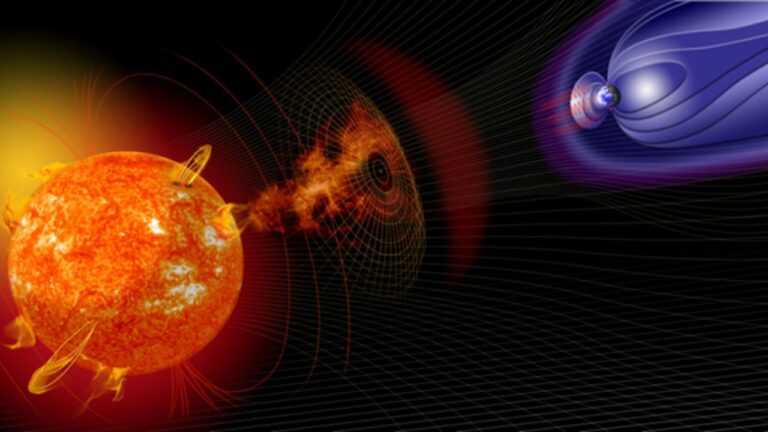
China’s President, Xi Jinping, recently announced a significant reorganization within the People’s Liberation Army (PLA), signaling notable changes in how the country’s military commands its space forces. This article explores the implications of this restructuring for China’s space operations.
The Birth of the Information Support Force (ISF)
- President Xi Jinping inaugurates the PLA’s Information Support Force (ISF) on April 19.
- The ISF replaces the Strategic Support Force (SSF) and emphasizes the strategic importance of information support in military operations.
- The PLA now comprises four services: Army, Navy, Air Force, and Rocket Force, with four arms including the Aerospace Force, Cyberspace Force, Information Support Force, and Joint Logistics Support Force.
Significance of the Aerospace Force (ASF)
- The Aerospace Force (ASF), formerly the Aerospace Department of the Strategic Support Force, now commands the PLA’s space forces, becoming the senior force within the PLA.
- Brendan Mulvaney of the China Aerospace Studies Institute highlights the Chinese recognition of the “Information Domain” as a domain of war equal to physical domains like air, land, sea, and space.
Implications of the Reorganization
- The most significant restructuring since 2015 consolidates space, cyber, electronic, and psychological warfare capabilities under the ISF.
- Centralization of information operations aims at enhancing operational efficiency and integration within the PLA.
- Potentially a response to corruption issues within the PLA, evidenced by recent removals of senior officials from China’s main space contractor.
Impact on PLA Space Forces
- The operational modus operandi of the ISF and its influence on space forces remain unclear.
- A strategic shift towards prioritizing information warfare suggests a focus on cyber operations, electronic warfare, and satellite communication.
- Potential impact on command and control mechanisms over space assets, satellite operations, space surveillance, and other space-related military activities.
China’s Expanding Space Capabilities
- Response to global events like the Russian invasion of Ukraine highlights China’s growing satellite reconnaissance capabilities.
- Plans for establishing low Earth orbit communications megaconstellations and a space-ground integrated information network (SGIIN) indicate China’s ambitious space agenda.
- Strategic approach to operations such as on-orbit refueling reflects China’s evolving space strategy.
Protection of Space Assets and Coordination with Other Forces
- The reorganization may enhance China’s ability to protect its space assets and develop capabilities to counter adversaries’ space-based systems.
- Coordination of space operations with the Army, Air Force, Navy, and Rocket Force may evolve under the new command structure.
China’s military reorganization, particularly the establishment of the ISF, signifies a strategic shift towards prioritizing information warfare. The impact on PLA’s space forces and their coordination with other military branches remains to be fully understood, but the move underscores China’s commitment to advancing its space capabilities within the context of modern warfare.






